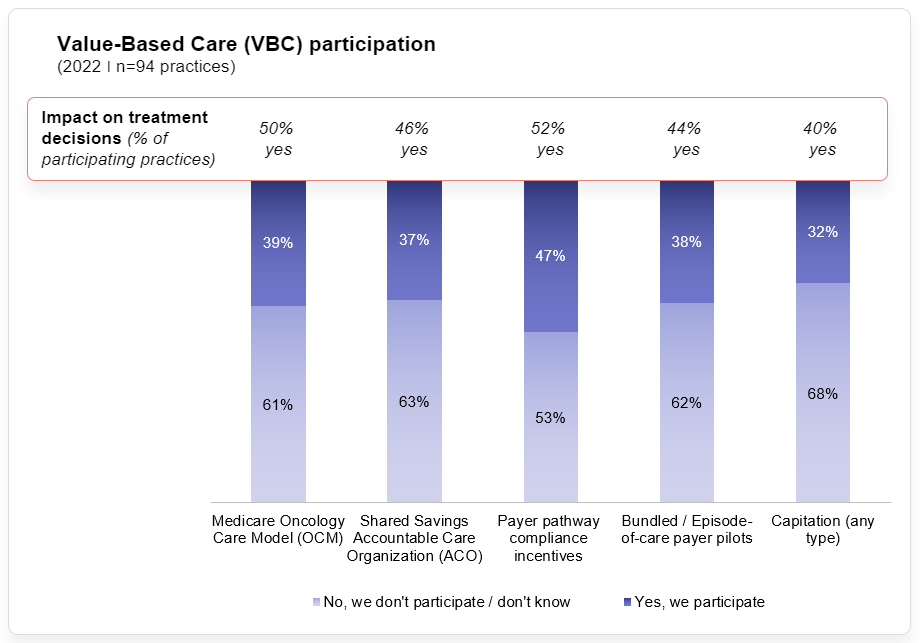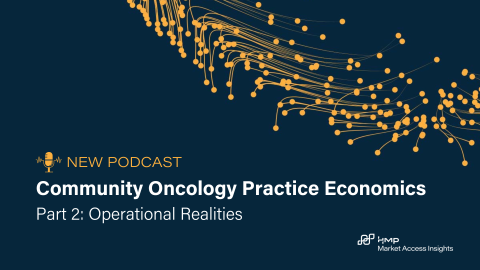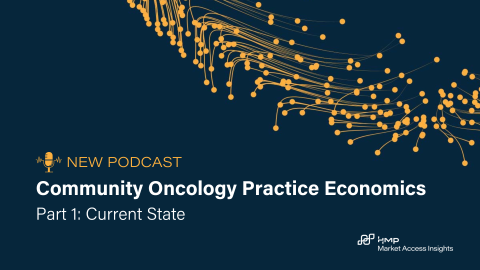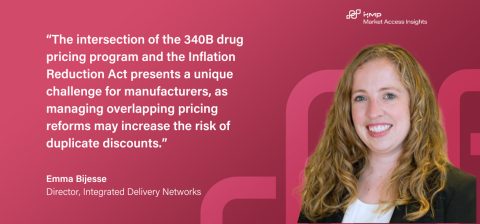

Article
Community Oncology Providers and Value-based Care: Here’s What You Should Know
February 16, 2023Authors
Topics
Welcome to the February 2023 edition of our Monthly Insight Series. This month we discuss how community oncology providers are engaging in value-based care.

Greetings from San Mateo!
After taking a look at private payer activity in value-based care (VBC) last month, let’s now shift our attention to how community oncology providers are engaging in VBC. VBC encompasses a broad range of programs, which often confuses or conflates estimated level of participation (see more details in our VBC Special Report). For example, Medicare’s MIPS program includes most MDs and qualifies as VBC by some definitions, as it requires reporting and tracks some performance metrics.
To get a better sense of provider participation, we queried 5 main categories of VBC programs: OCM, ACOs, payer-sponsored pathways, payer-sponsored episode-of-care pilots, and capitation programs (Medicare or commercial payer). Here’s how community practices’ interest and participation in VBC appears now:
- The majority of surveyed community oncology practices reported participating in at least one VBC program in 2022
- More than 80% of practices participating in VBC reported investments were needed in order to succeed. Common resourcing changes included:
- Additional clinical staff
- Investment in IT / reporting
- Additional human resources to help with reporting
- Extending clinic hours
- Additional clinical staff
- For each VBC program, about half of participating practices cited that their participation impacted treatment decisions (see more in image below)

Lastly, we found that VBC participation may provide a source of additional revenue for community practices. Financial enhancements included service fees for oncology care coordination, and leveraging tools and connections obtained from oncology networks like USON to generate additional revenue from OCM and commercial payer initiatives. We look forward to closely following these VBC trends in community oncology in the future.
As always, please reach out with any comments or questions you have.
All the best...
-- HMP Market Access Insights Team
The Latest
Podcast
Community Oncology Practice Economics - Podcast Part 2 of 3
In part 2 of this 3-part podcast series, HMP Executive Vice President Lee Blansett and special guest John Hennessy—health system, provider and oncology strategist—explore the operational realities of oncology practice economics.
Lee BlansettPodcast
Community Oncology Practice Economics - Podcast Part 1 of 3
In part 1 of this 3-part podcast series, HMP Executive Vice President Lee Blansett and special guest John Hennessy—health system, provider and oncology strategist—explore the current state of oncology practice economics.
Lee BlansettArticle
Navigating the 340B Maze Amid the Inflation Reduction Act
As the Inflation Reduction Act (IRA) introduces new Maximum Fair Pricing (MFP) rules, integrated delivery networks (IDNs) and manufacturers will face the complexities of navigating overlapping 340B discounts and MFPs.
Emma Bijesse







